Why Burmese food is the most underrated of all Asian cuisines
The food of Myanmar is unlike anything else we love from Asia. It’s a myriad of crunchy textures with fermented vegetables that are sweet and sour. But, asks Emma Henderson, why don’t we see more of it

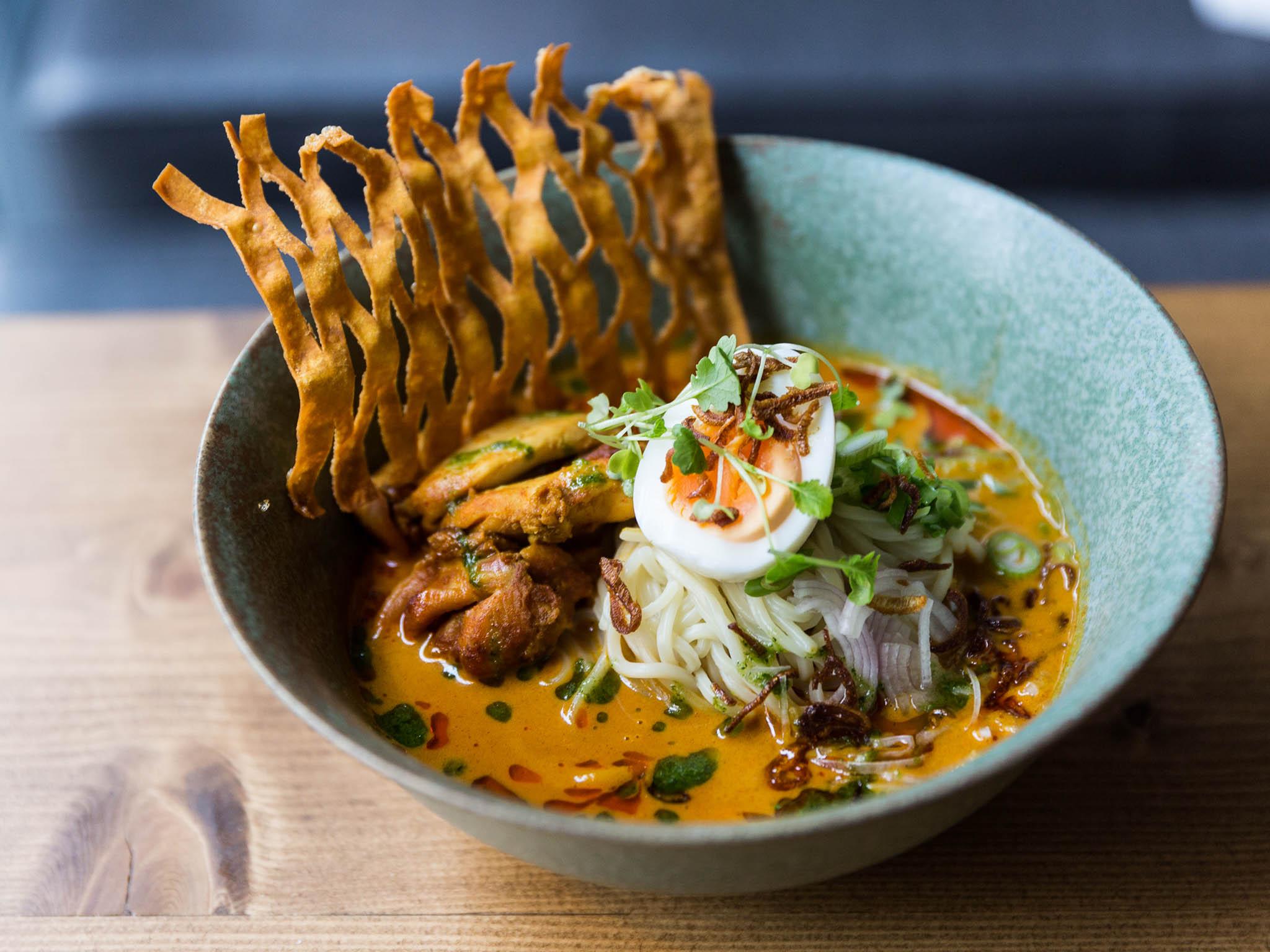
Have you ever wondered where all the Burmese restaurants are? I suspect not.
It’s probably the most underrepresented region of Asia in this country, where we’re obsessed with Asian food to the point that Chinese and Indian cuisines have seeped into British culture and formed solid roots, which is thanks to the waves of immigration throughout the past century.
There’s only an estimated 14,000 Burmese people living in the UK, while across the world, there are 4.2 million Burmese people in 17 countries, including Bangladesh, China, Malaysia, Thailand and America.
The majority of Burmese people living outside the country left during the 1960s military dictatorship (which replaced colonial rule) and lasted until 2016.
But Myanmar hasn’t managed to free itself from its problems. Between 2016 and 2017 an estimated 625,000 of the million Rohingya Muslims, one of the country’s 135 ethnic groups, fled Rakhine state to Bangladesh. Declared by the UN as “ethnic cleansing”, the country was widely condemned for Aung San Suu Kyi’s refusal to admit the true state of the issue, which obviously sat uneasy with those who previously supported her.
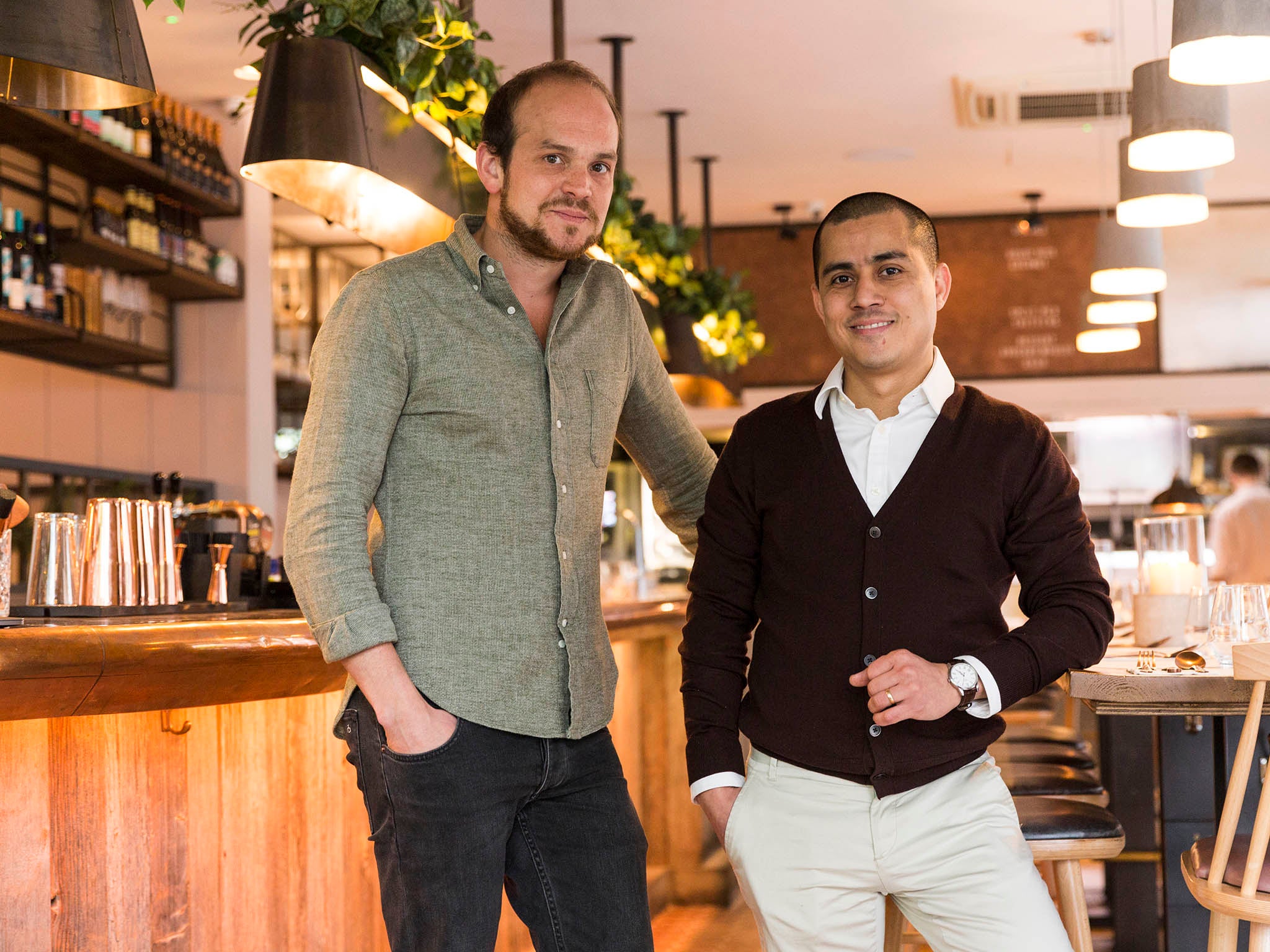
As a fresh-faced young country, it opened up to the world in 2013: with sanctions lifted and borders opened came travel and the introduction of its food to the rest of the world.
One of the first TV crews allowed into the country five years ago was the team behind Parts Unknown, Anthony Bourdain’s food-based travel documentary series. Myanmar was the first episode of what went on to be eight series, and for many formed the first glimpse into a world that had been locked away for years.
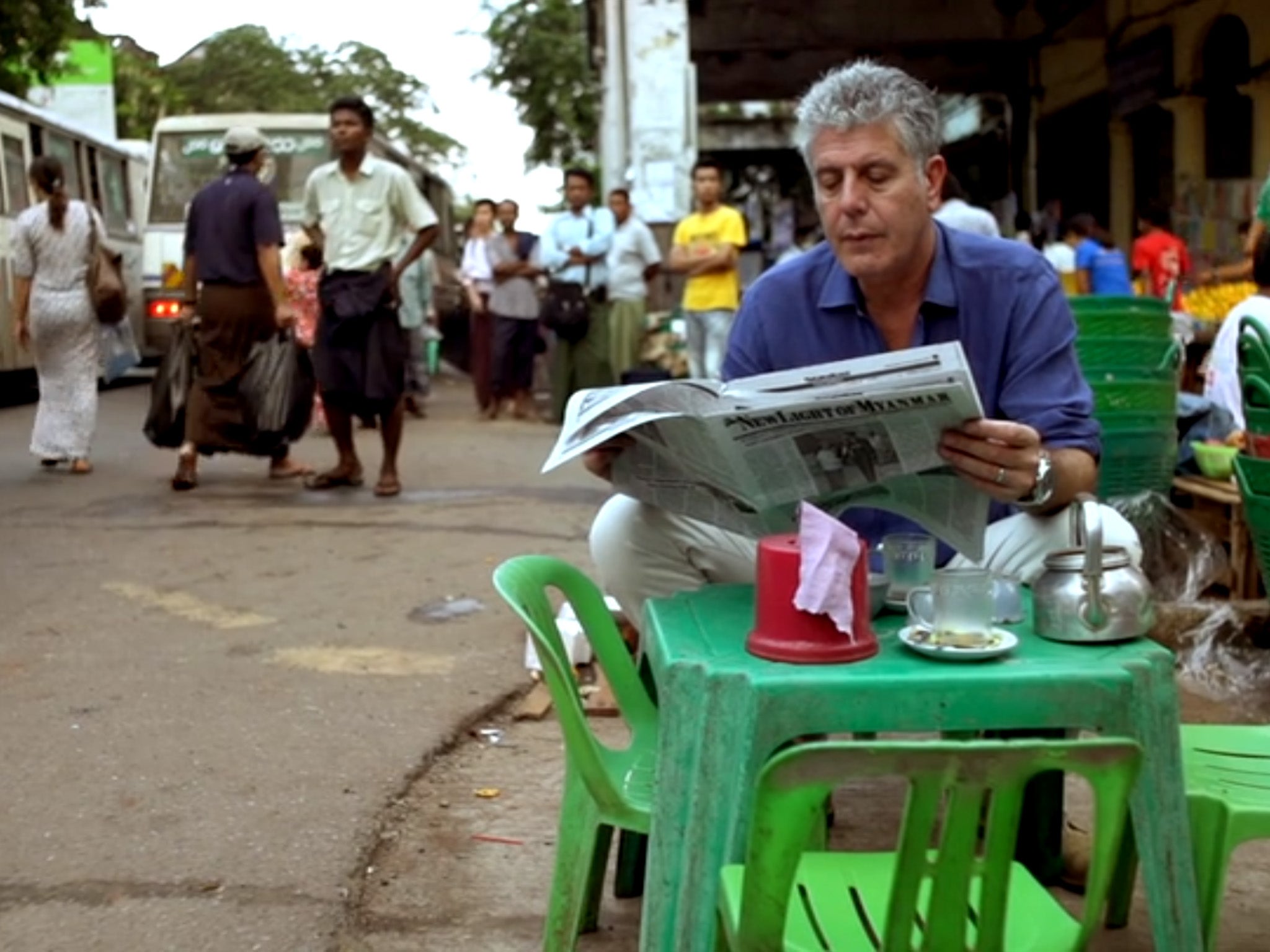
He brought a whole new dimension to Asian food, eating in traditional tea houses that were previously hot beds for uncensored news and undercover police during military rule, street food vendors and lively night markets, eating classic dishes in his down to earth manner.
In London, which is no doubt considered the food capital of the UK, there’s only a handful of places where you can eat Burmese food.
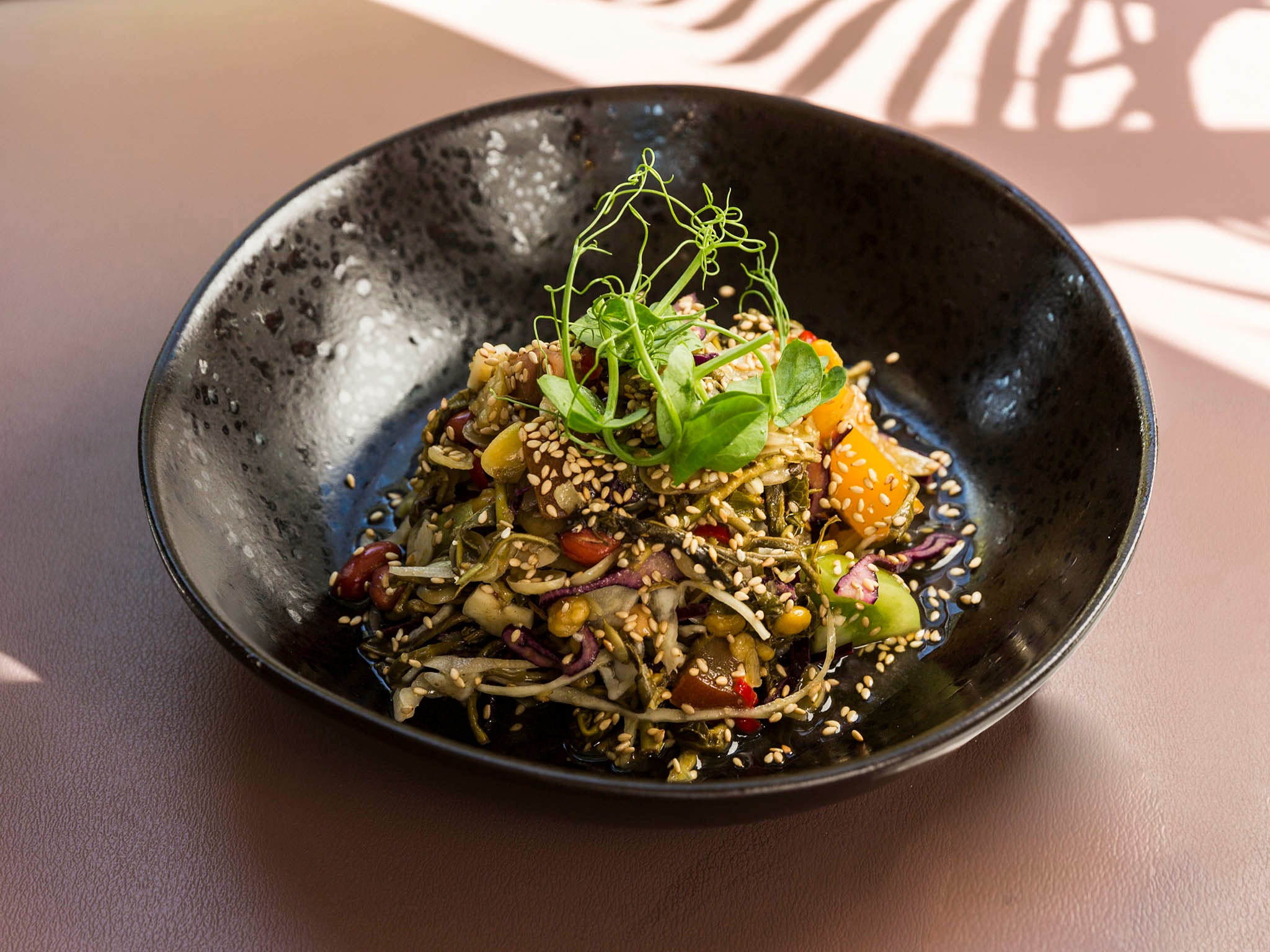
To date, there are only three permanent sites in London: the Mandalay, a long-running family-run cafe – which recently relocated to a larger restaurant on Kilburn High Road – with Indian, Chinese and Thai influences, Shan State in China Town, and Lahpet in Shoreditch.
The latter is pushing Burmese food to the forefront of London’s food scene, not only with its on-point location and Instagrammable interiors, but with its gorgeous and fascinating food created by Dan Anton and Zaw Mahesh, who both have Burmese heritage.
If you know the first thing about Burmese food, you’ll know the word lahpet is Burmese for tealeaf, its national dish. And of course, that’s on the menu along with other traditional dishes like fritters, and salads and fish.
The salads are a dazzling array of colours, full of crunch from beans, crispy, finely chopped vegetables, and whole nuts, with an intense flavour of sunrise dried shrimp, garlic and chillies.
The cuisine is based on sweet, sour, salty and spicy and it’s a balance of all of them. One of it's most popular dishes is mohinga: a spicy, hot bowl of rice noodles with fish and topped with eggs and flavoured with lemongrass, chilli, ginger and coriander, and it’s mostly eaten for breakfast.
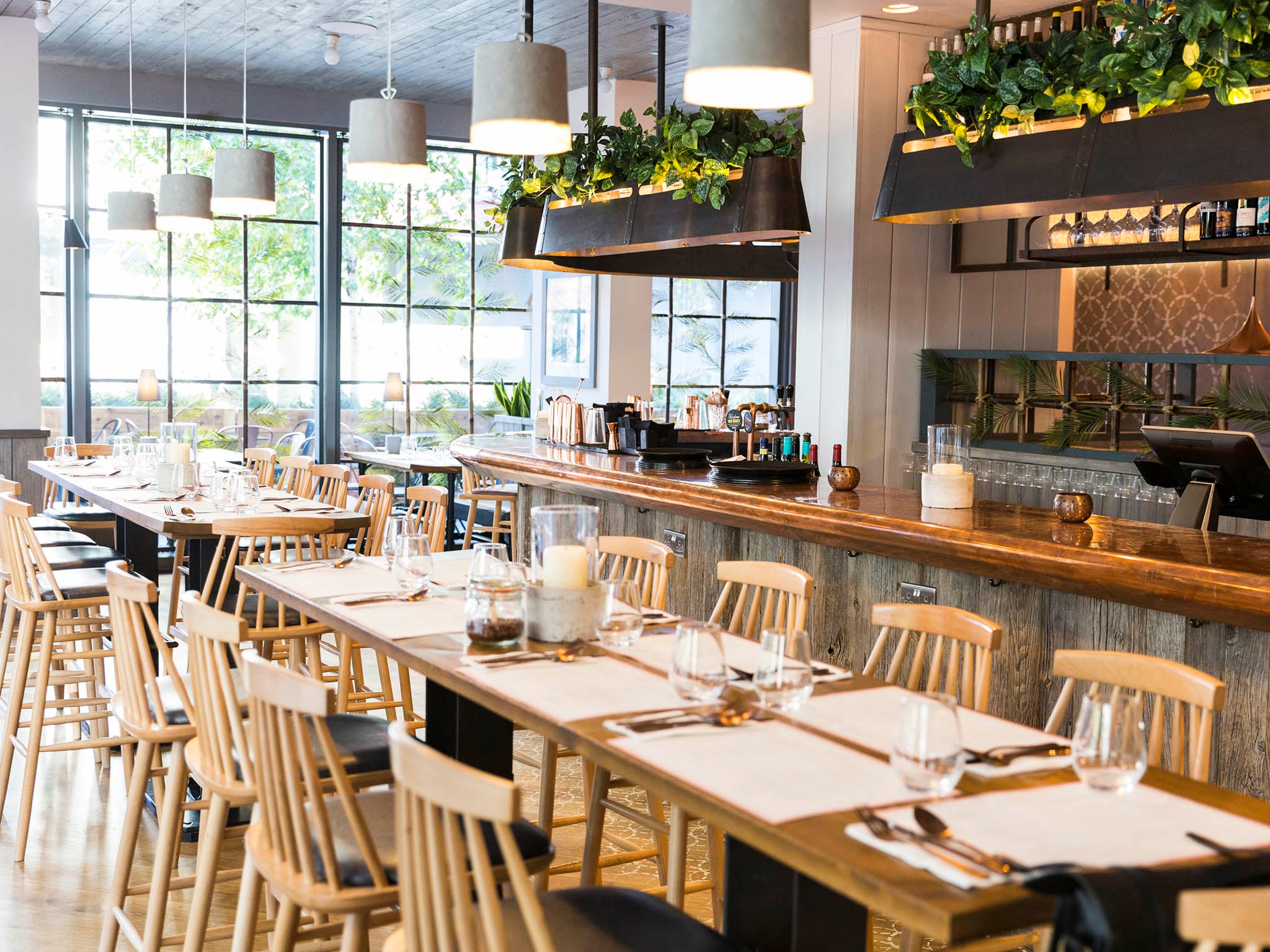
It’s a modern version of Burmese food, something that people in Myanmar would certainly recognise, but also something that is not too intimidating for people in the UK. “People in the UK need to be comfortable with a knife and fork,” says Zaw. So dishes are designed to be eaten this way, rather than with your hand, as some are in Myanmar.
“I think the reason there are so few Burmese restaurants is because not many people have left the country, so there’s not the demand for it,” says Zaw.
He left Myanmar aged 10, and cooks dishes from his memories of the food his mother and grandmother cooked at home, whom he still calls to ask for help with some recipes. But here, “there’s no one to learn from”, he says.
Zaw made tofu, which took six months to perfect, after remembering how a neighbour made it back home in Myanmar when he was just 7 years old.
Although it’s Burmese food, Zaw aims to use as much local produce as possible, which comes with its own sourcing issues. And of course, he has to import some indigenous ingredients that just don’t grow in the UK, such as the traditional tea leaf.
Aside from permanent locations, another team cooking up Burmese food is Cordelia Peel, who is of Burmese descent, Lucy Aebischer and Emma Bebb. Cordelia recently gave up her doctor’s training to focus more on her Burmese food supper club Bagan, named after the ancient city in the country. Last month, she and her team partnered with Conflict Cafe to offer three nights, serving 75 people a night, to raise awareness of the problems the Rohingya people face in the country.
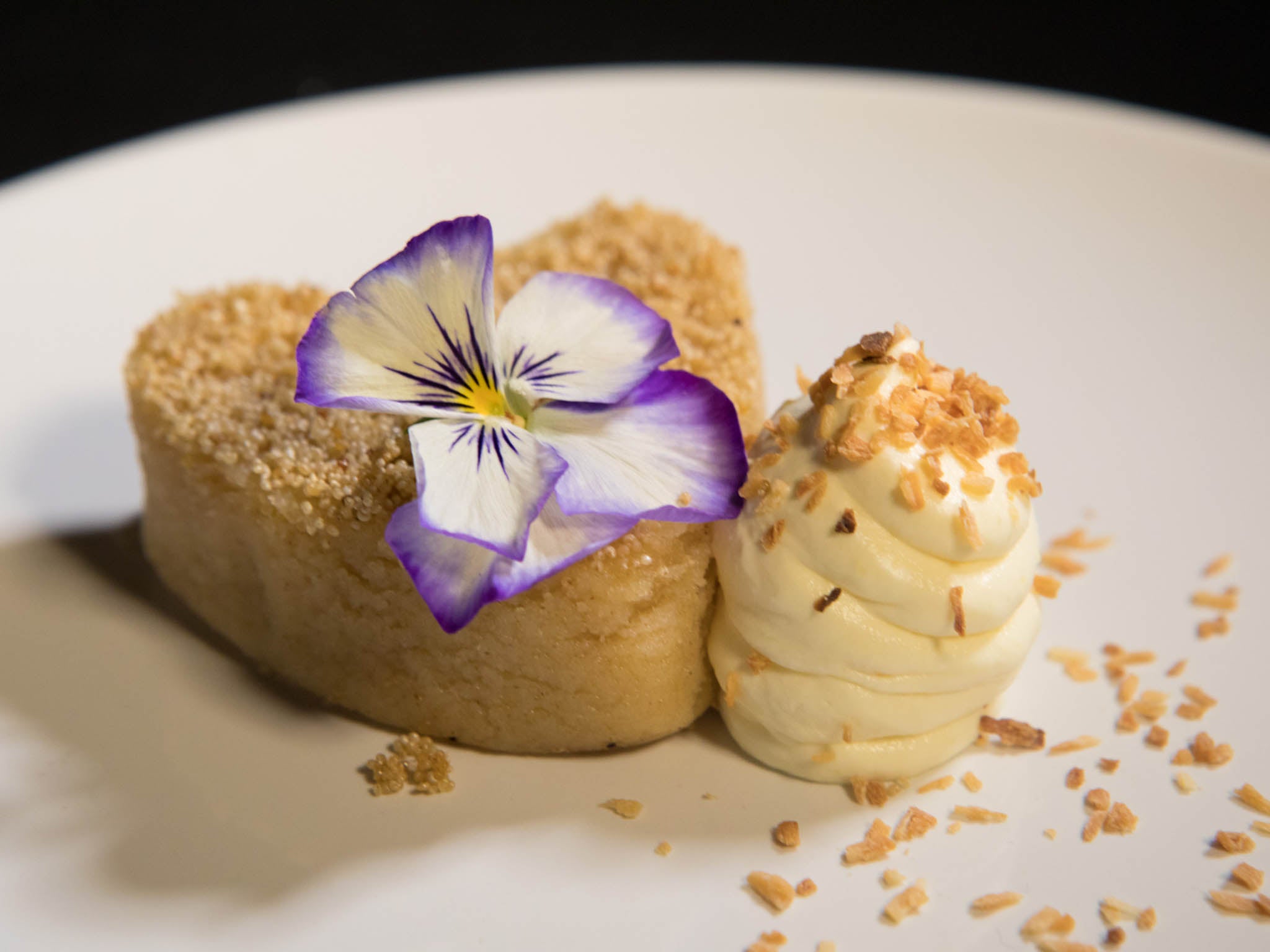
Bagan is still one of the very few places for the public to eat Burmese food in the UK. “It’s not like this in San Francisco,” says Lucy.
“Burmese food is really big there and there’s a huge community.”
Although most of what the world has seen and heard from the country in the past few years hasn’t all been positive, it still makes people more interested in it. “I think Burma is more on the map now. I hope more people will be more interested in it now tourism has opened up.”
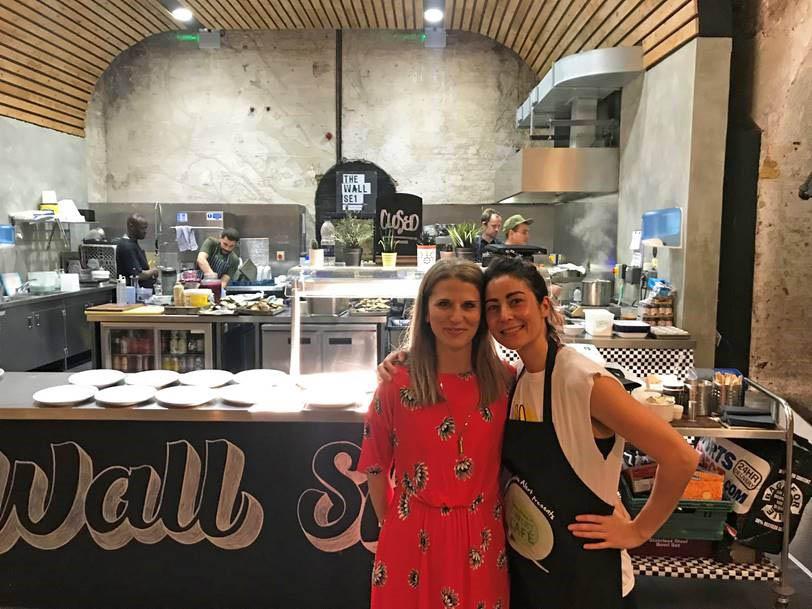
For Cordelia, what they’re doing with the Bagan supper clubs is a whole experience that focuses on food, along with the sights, smells and sounds of the country. It’s all about drawing people in and getting them excited.
We all know what Thai and Indian food is like, but in the middle of those countries is something that’s taken inspiration from them all.
“I always describe Burmese food as a coming together of lots of ethnic groups, as there’s so many of them and they’ve all made the cuisine their own,” she says.
In the north it’s inspired by China with Shan noodles, while the west takes some of the Bangladeshi cuisine into it with more spice, and Indian and Thai food are in there too.
But it’s still like any other cuisine, and because it relies heavily on lots of different condiments, there’s so many variations and flavours. “There’s always a joke at Bagan that I cook 17 different types of crispy onions as there’s always so many elements to one dish.” Next year, Cordelia and her team hope to run a Burmese supper club once a month in a few different locations that will hopefully become a semi-permanent addition to the growing Burmese food scene here.
Join our commenting forum
Join thought-provoking conversations, follow other Independent readers and see their replies
Comments
Bookmark popover
Removed from bookmarks